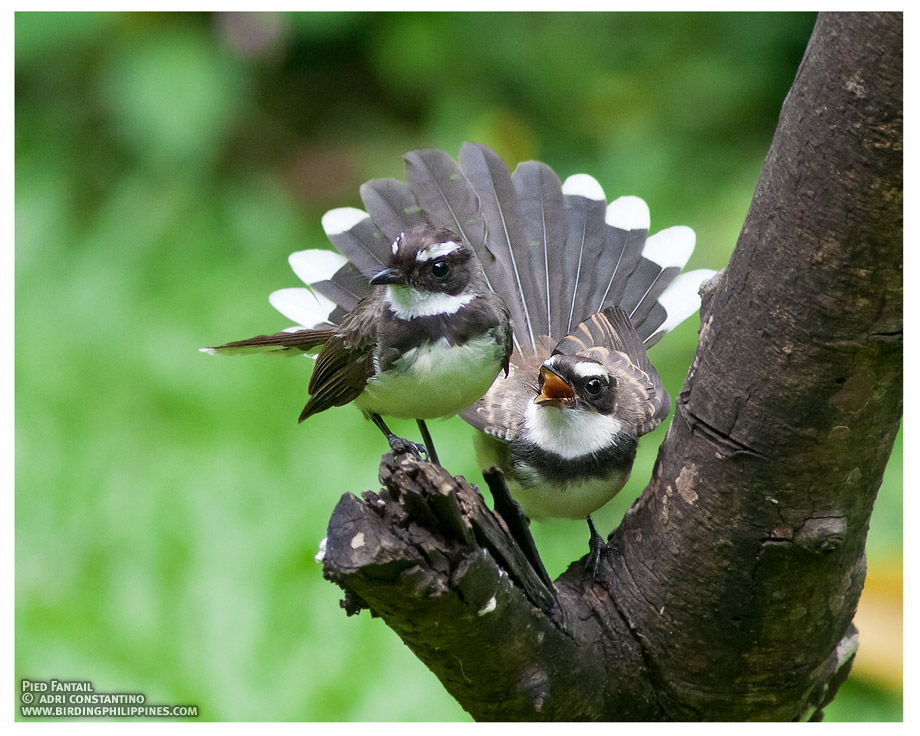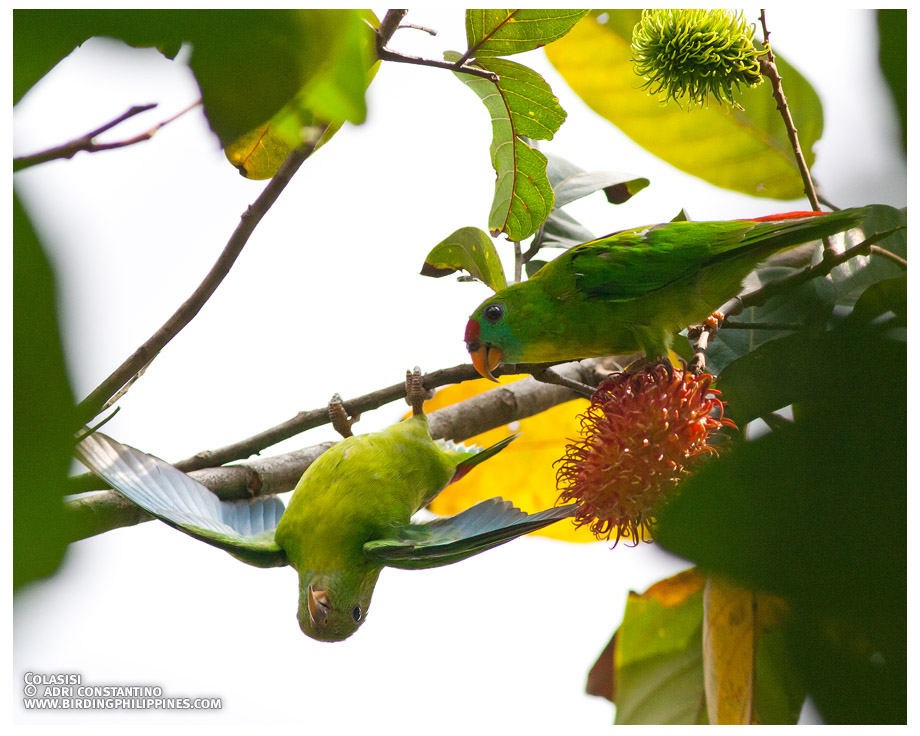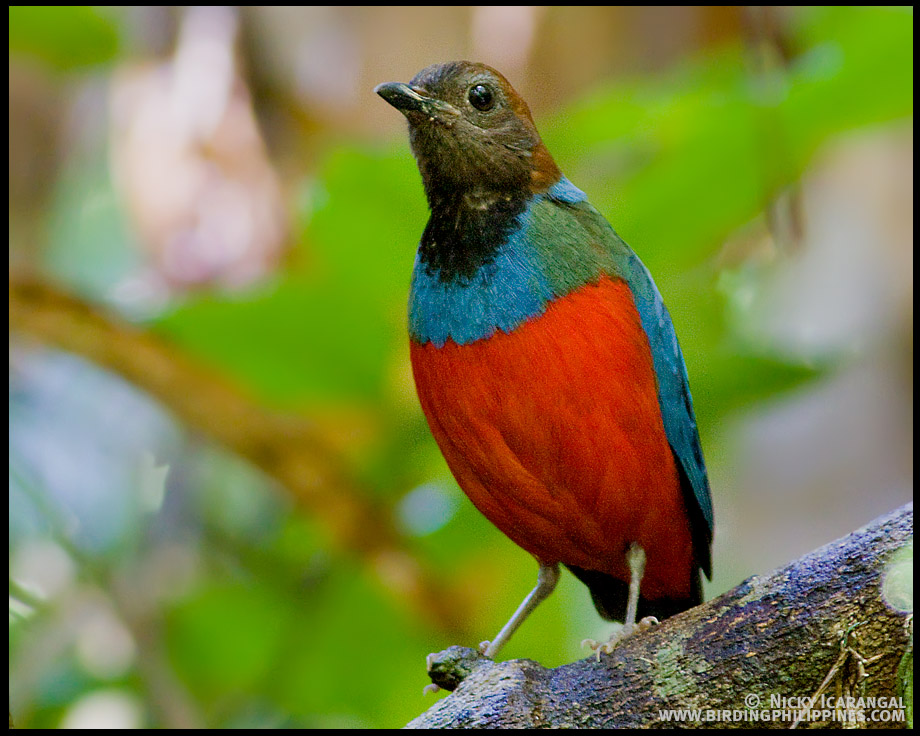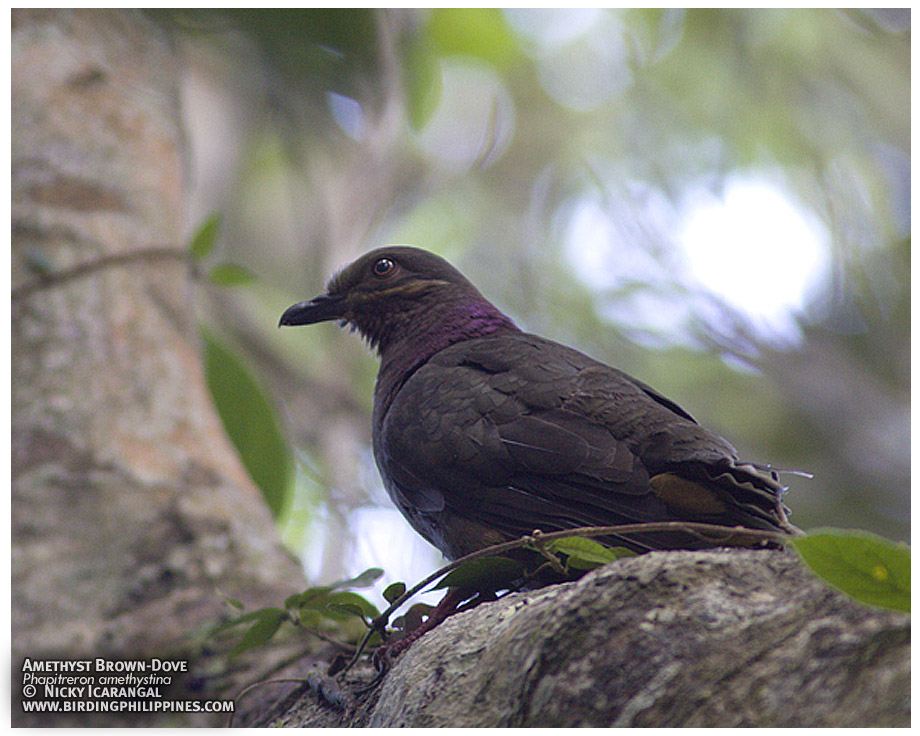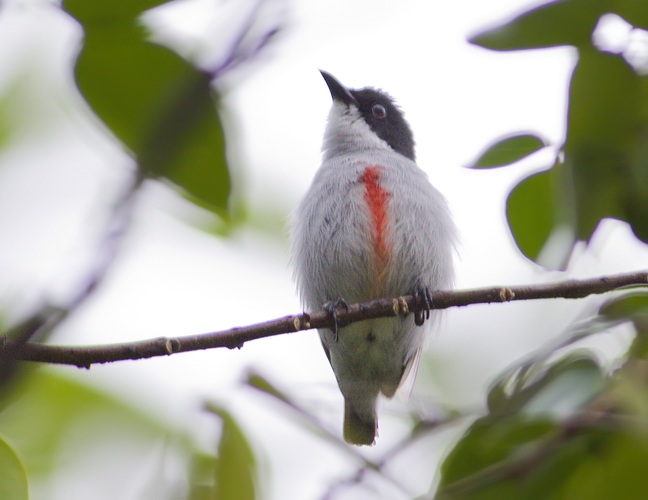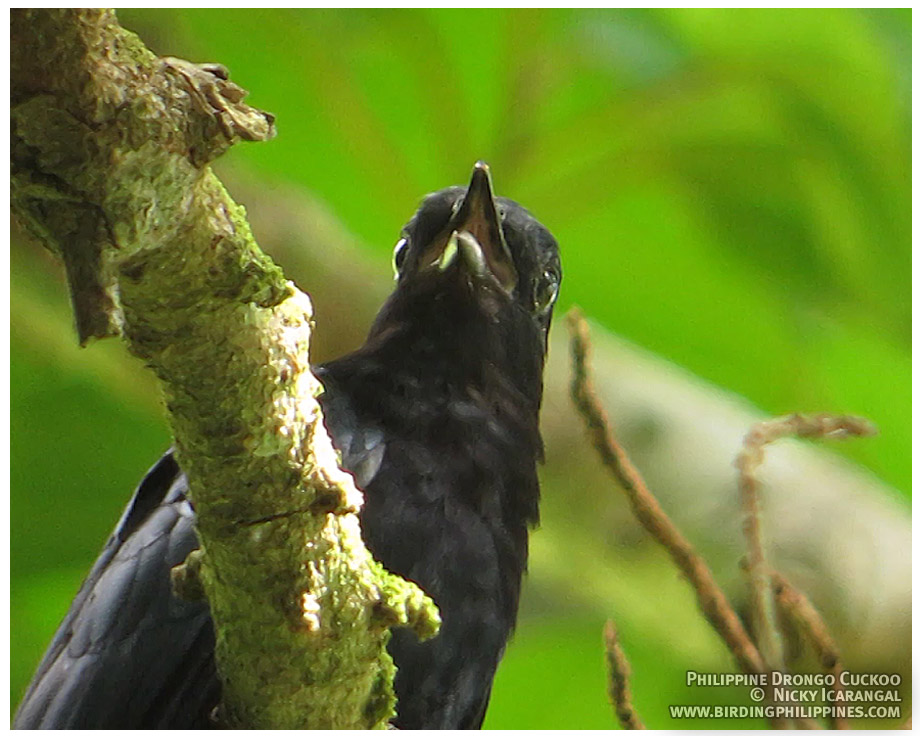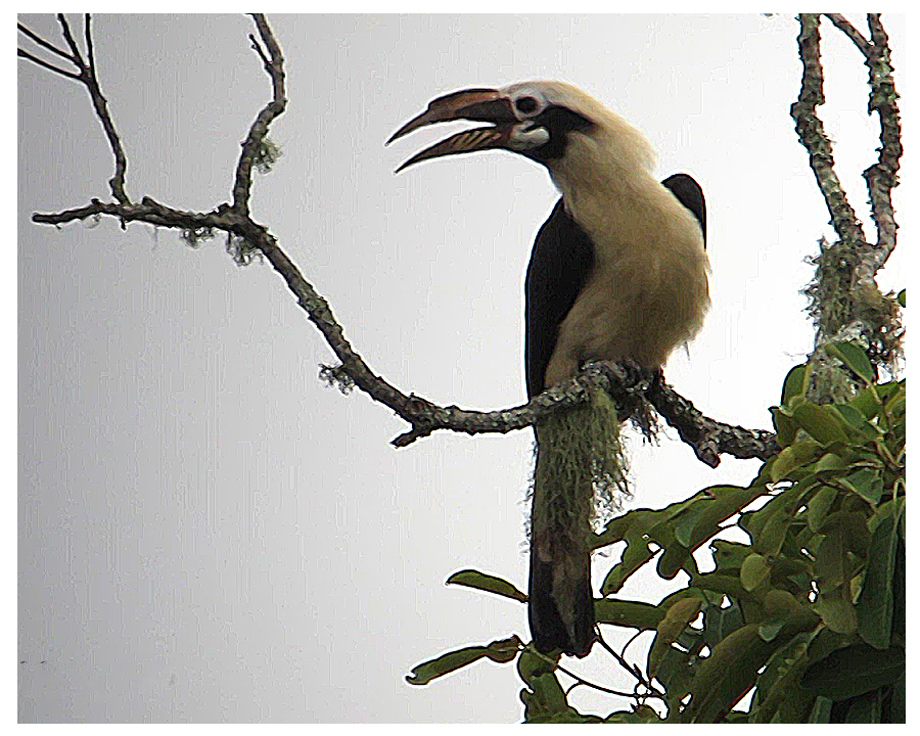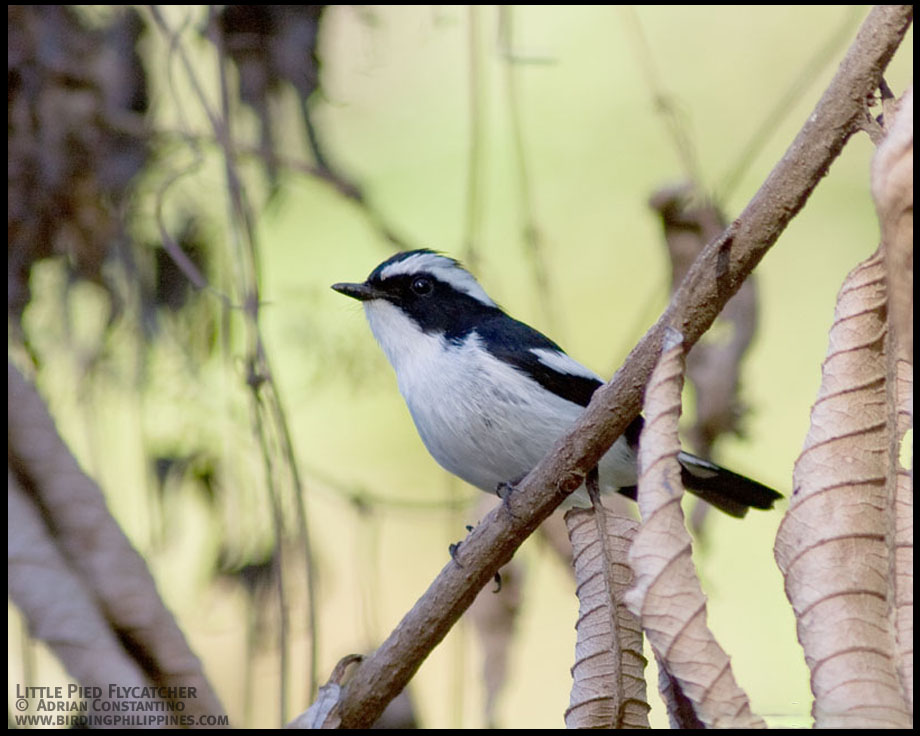Tag: wild birds of the philippines
A calling Amethyst Brown-Dove [HD]
The Butcher is Back!
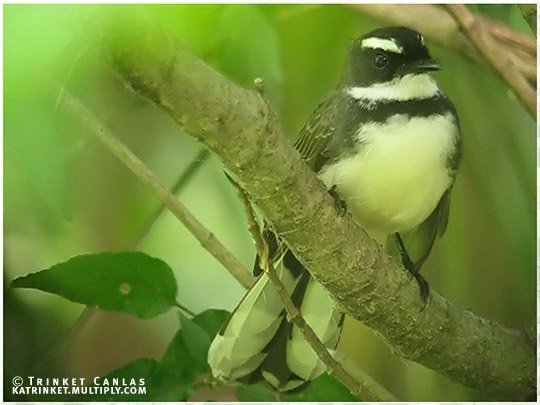
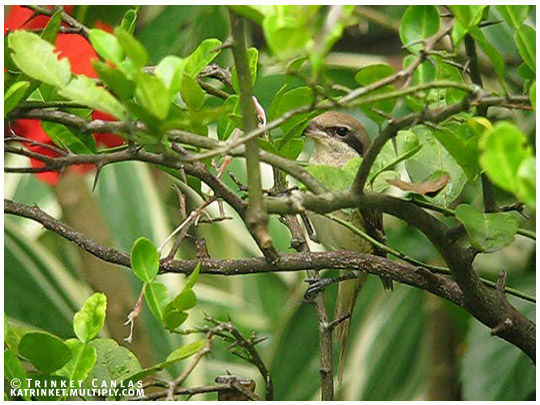
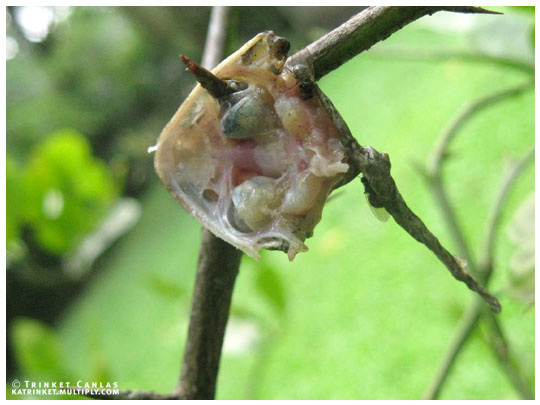
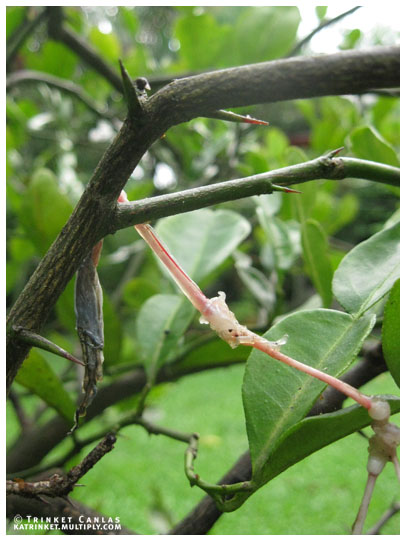
Philippine Frogmouth [HD]
It is a strictly nocturnal bird and has a smallish hooked bill and a wide mouth like a frog (check it out at around 1:05 in the video) used in hunting for insects, flying out from a perch to catch its prey on the wing. The long bristles extending from the face (seen clearly in this photo) as well as the base of the bill are thought to protect the eyes from prey and also to detect subtle movements in its forest environment.
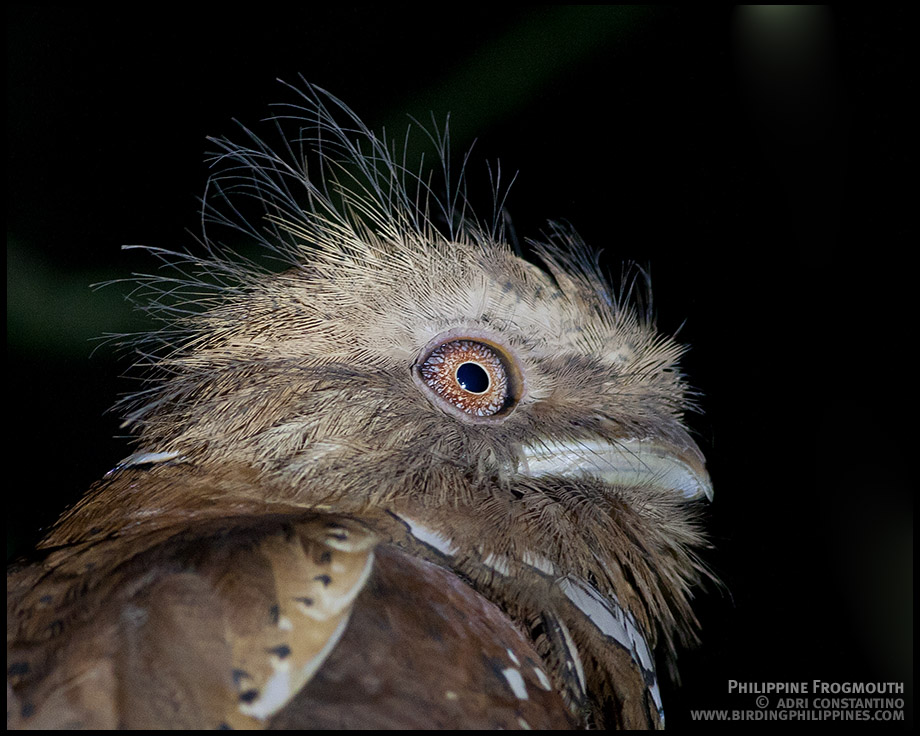
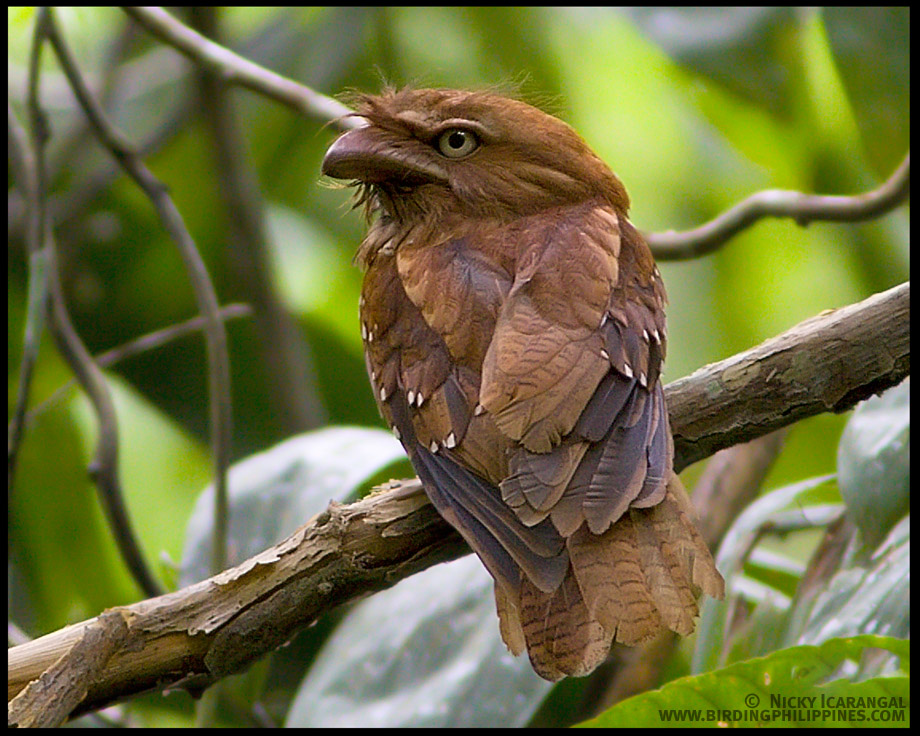
Sometimes, you get really lucky and find the classic daytime frogmouth pose on a nest! This photo of the frogmouth trying to look like a broken branch was taken in Raja Sikatuna Protected Landscape in the laid-back island of Bohol in South Central Philippines. 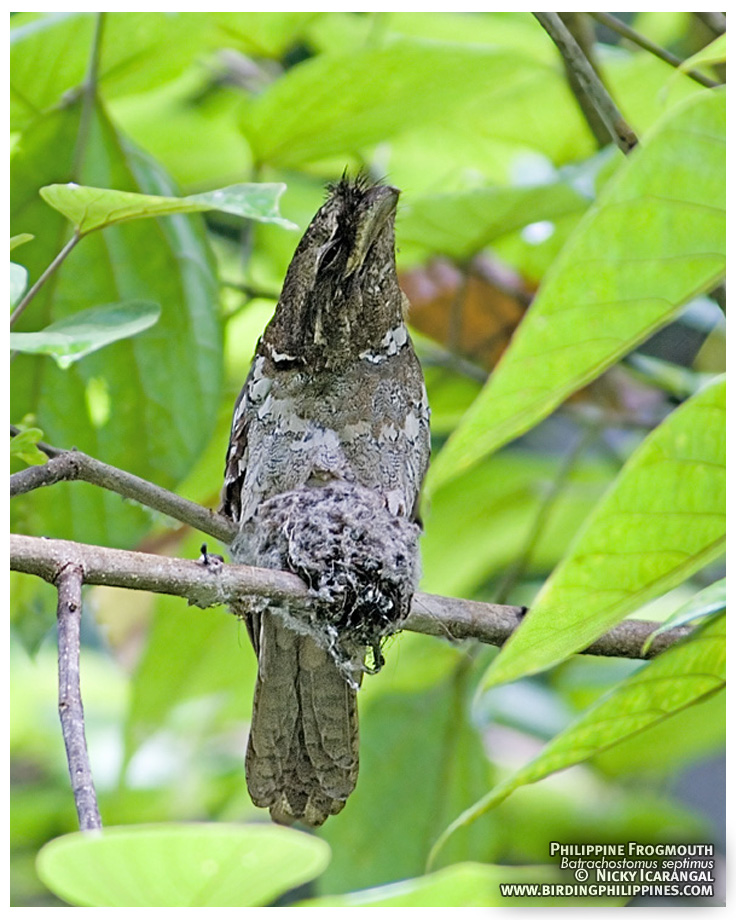
Red-keeled Flowerpecker [HD]
Philippine Drongo Cuckoo [HD]
Philippine Trogon [HD]
Mindanao Tarictic Hornbill [HD]
Little Pied Flycatcher [HD]
Leaving the nest…
